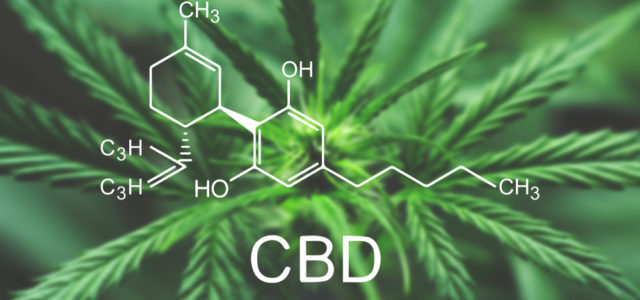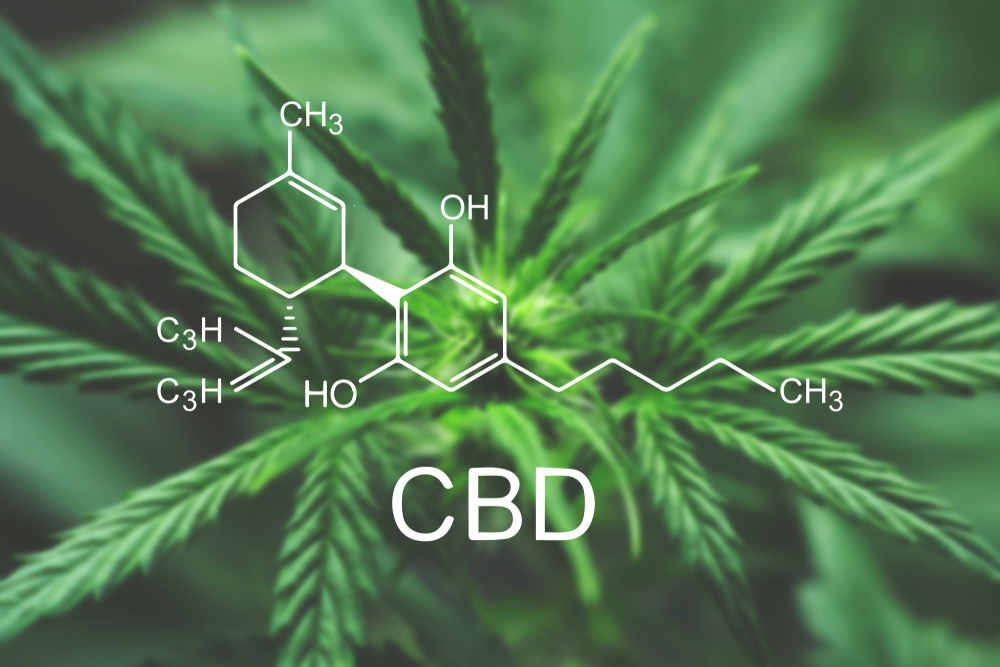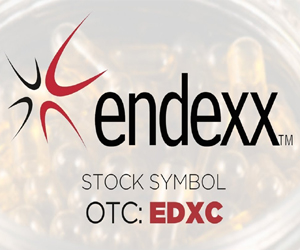Projected growth of the CBD market globally in the next five years
CBDPlayers Network News January 26, 2019 MJ Shareholders 0


In our fragile economic world, industries that project significant growth are bound to catch the eyes of savvy investors looking to be at the right place at the right time. If there is an industry that been drawing attention in recent times, it has to be the CBD market.
In the past, CBD products were only available in head shops, and typically only recommended for certain medical conditions. However, in 2018, CBD products become widely available. This saw the CBD market hit $590 million in 2018.
In hindsight, this does not come as a surprise. An article by Rolling Stone revealed that experts had already forecasted that if the cannabis industry was to continue expanding at its current rate, it will hit $20 billion by 2020 in the American Market alone.
This is not far off from recent research by the Brightfield Group, an analyst in the cannabis industry, whose findings reveal that the hemp-CBD market alone will be worth $22 billion by 2022.
An interesting fact to consider is that the CBD market has largely grown based on word-of-mouth advertising alone. It has been able to organically grow without large outside players, sizeable marketing budgets, or extensive distribution networks.
What is CBD?
CBD is a non-psychoactive cannabinoid that is derived from cannabis. Unlike THC, the chemical compound that gives marijuana its signature effect, CBD has proven incredibly beneficial towards alleviating symptoms associated with disorders such as anxiety, depression, PTSD, epilepsy, and more – without getting you high.
Consumers are always on the fence concerning THC – some like its psychoactive effects while others do not. Nonetheless, THC oil is used for the same benefits as CBD.
Cannabidiol, however, comes from hemp, and not marijuana even though the two plants are close cousins. This might explain why CBD is actually legal in all 50 states.
THC, as mentioned before, is responsible for the ‘high’ one gets after consuming marijuana. Its levels in hemp, however, are quite low at 0.3% as compared to the 30% in marijuana plants. This is why CBD is widely accepted and adopted as it is safer to use.
As a result, CBD is now used as an ingredient in many popular products, ranging from beauty products for its skin rejuvenating benefits to sports creams for its muscle-relaxant properties. It is even being used in pet products. Nonetheless, its biggest use is in helping people with chronic pain and mental and psychological disorders.
A recent report by Hemp Gazette revealed that Epidiolex, the first US Food, and Drug Administration-approved CBD-derived medicine, is set to generate $625 million in sales in its first year once doctors start prescribing it.
CBD’s Exponential Gain
Chasing Markets has stated that, based on its inclusion in a wide array of consumer products, CBD growth could see to as much as $2 billion in sales alone in the next four years. Again, it is people suffering from depression and chronic pain who will be its most loyal customers.
It is, therefore, one of the most lucrative emerging markets out there today. It is not only going to generate billions for market leaders but will also open multiple revenue avenues for supplemental industries as well as creating numerous jobs, which can only be good for a country’s economy.
In general, the cannabis industry is about to achieve huge returns. In fact, Forbes has it that the cannabis market is likely going to reach a market cap of $57 billion by 2027. And if we are going by Hemp Gazette’s findings, then CBD’s sales will account for 40 percent of those sales.
MJ Shareholders
MJShareholders.com is the largest dedicated financial network and leading corporate communications firm serving the legal cannabis industry. Our network aims to connect public marijuana companies with these focused cannabis audiences across the US and Canada that are critical for growth: Short and long term cannabis investors Active funding sources Mainstream media Business leaders Cannabis consumers









No comments so far.
Be first to leave comment below.